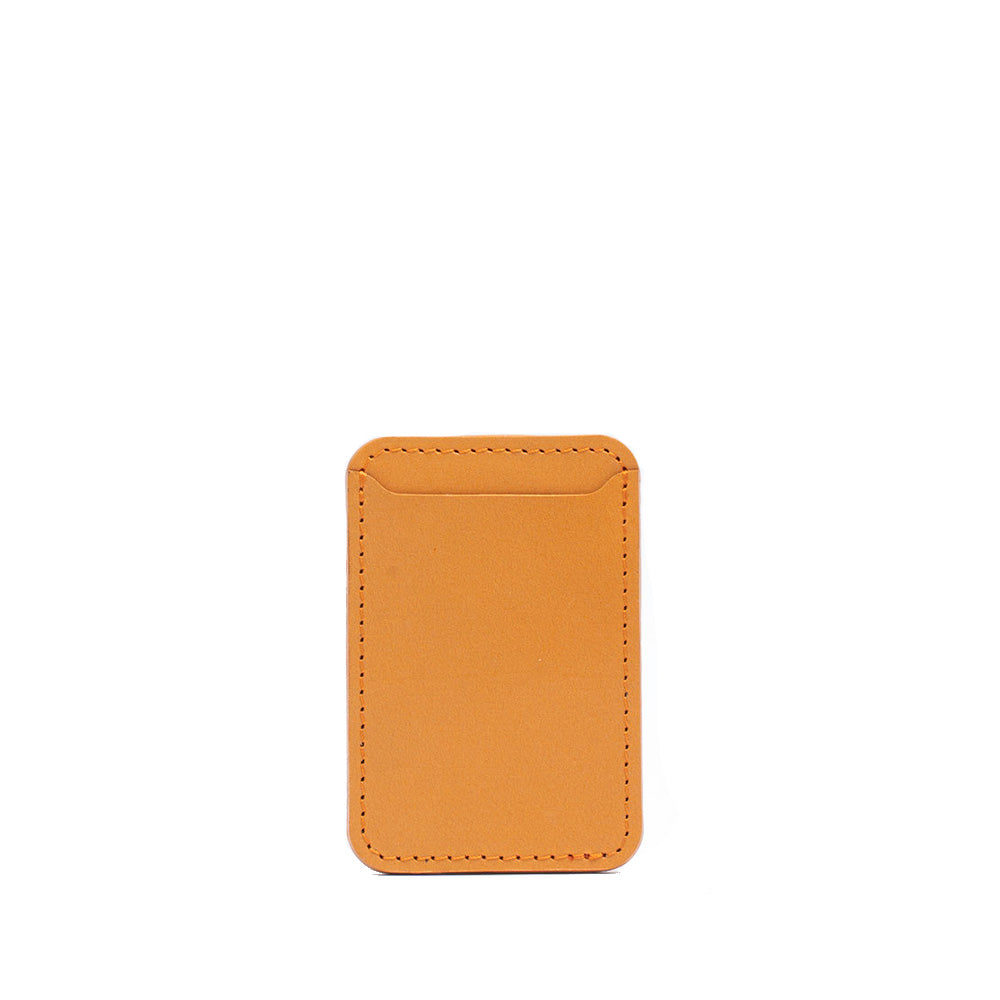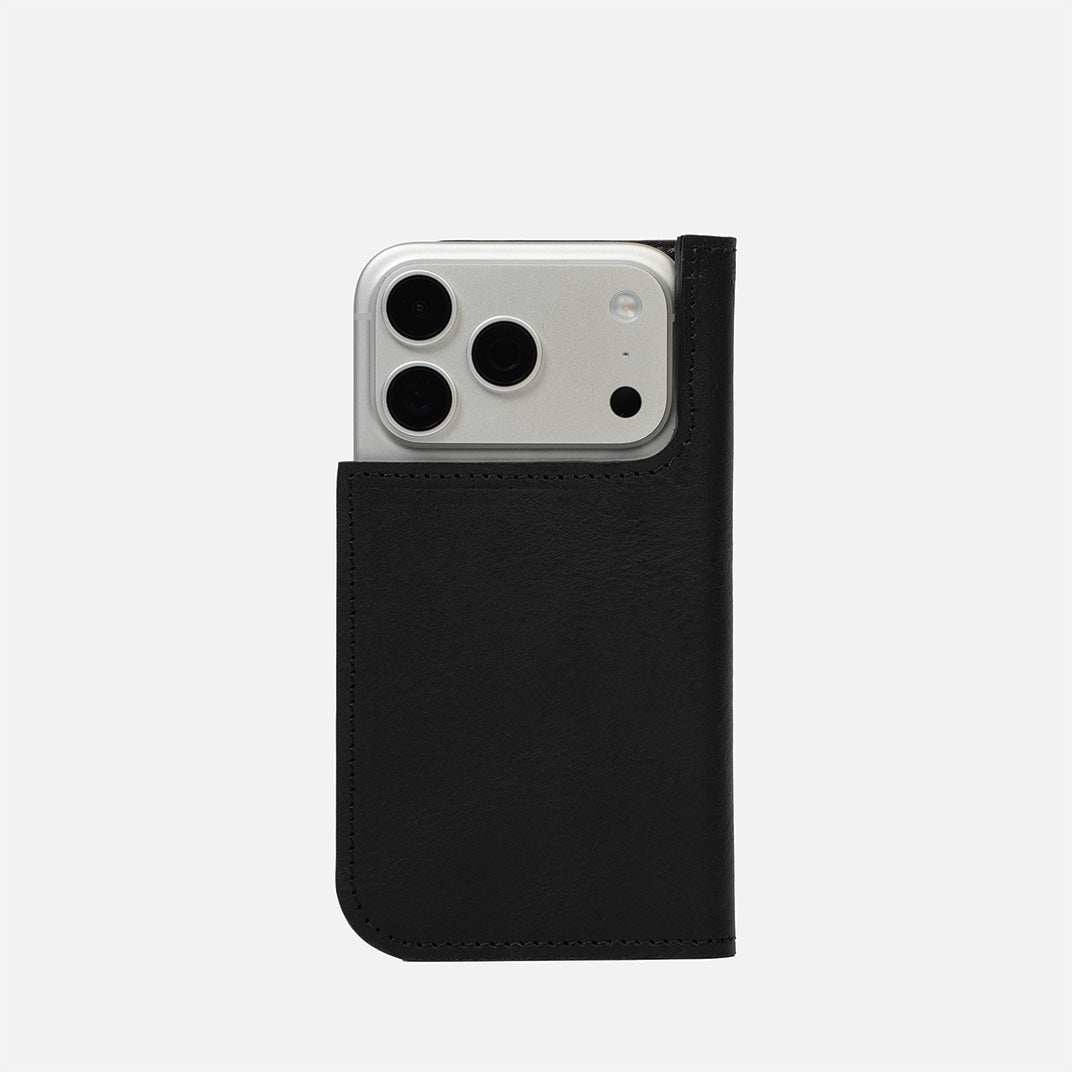Overview of Apple Vision Pro
The Apple Vision Pro represents a significant leap forward in the realm of spatial computing, equipped with a suite of features designed to merge the digital and physical worlds seamlessly. Central to its design are ultra-high-resolution displays, which deliver more than 23 million pixels across two micro-OLED screens—each offering a visual experience richer and more detailed than a 4K television for each eye. This advanced display technology ensures unparalleled clarity and color fidelity, making every interaction vivid and immersive.
Complementing its visual capabilities, Vision Pro incorporates sophisticated spatial audio technology. This system is not just about delivering high-quality sound; it's about creating a 360-degree audio landscape that adapts to the environment and user movements, providing a truly immersive auditory experience. Each audio pod next to the user's ears is individually amplified, fine-tuned to the user's head and ear shapes to produce personalized spatial audio that mimics real-world sound dynamics.
Vision Pro is also pioneering in its use of eye tracking. Utilizing a high-performance system of cameras and invisible light projectors, Vision Pro can follow the user’s gaze with exceptional accuracy. This allows for intuitive and natural interactions with the device, as users can select, scroll, and navigate through content simply by looking.
At the heart of these features is visionOS, Apple's first spatial operating system designed specifically for Vision Pro. visionOS transforms the user interface into a three-dimensional space, allowing apps and content to appear as if they are truly placed within the user's environment. This OS supports a variety of inputs, including voice commands, hand gestures, and eye movements, making it versatile for a wide range of applications and enhancing accessibility for all users.
Vision Pro Compatibility with Mac
The Apple Vision Pro enhances the Mac user experience by offering seamless integration through the innovative Mac Virtual Display feature. This connection not only extends the capabilities of a Mac but also leverages the immersive display technology of Vision Pro to create a unique computing environment.
How Vision Pro Connects with Macs Using Mac Virtual Display
Mac Virtual Display allows the Vision Pro to serve as a supplementary high-resolution screen for Macs. This is facilitated by the device’s advanced hardware and visionOS, which supports a wireless connection to any Mac that runs macOS 14 Sonoma or later. This connection is achieved through a combination of Wi-Fi and Bluetooth technologies, ensuring a stable and responsive interface.
Step-by-Step Guide on Setting Up Vision Pro with a Mac
System Requirements Check: Ensure your Mac is updated to macOS 14 Sonoma or later and both your Mac and Vision Pro are signed into the same Apple ID with two-factor authentication enabled.
Enable iCloud Keychain: Turn on iCloud Keychain on both devices to sync and secure your passwords and other credentials. This is crucial for a seamless connection and user experience.
Turn on Wi-Fi and Bluetooth: Make sure both your Mac and Vision Pro have Wi-Fi and Bluetooth enabled to facilitate the connection.
Initiating the Connection:
- On a Mac laptop, simply open the laptop and, while wearing your Vision Pro, look at it to see the Connect button appear in your view. Tap this virtual button to start the session.
- On a Mac desktop, use the Vision Pro to navigate and open the Control Center, then select the Mac Virtual Display option and choose your desktop from the list.
Adjusting the Display: Once connected, you can move and resize the virtual Mac display within your Vision Pro environment to suit your preferences.
Limitations and Optimal Settings for Using Vision Pro with Macs
While the integration of Vision Pro with Macs opens up new dimensions in computing, there are some limitations to be aware of:
- Battery Life: The Vision Pro is designed for up to two hours of continuous use on battery, so for longer sessions, it’s advisable to connect the device to a power source.
- Resolution Restrictions: If you are using a Mac with an Intel processor, the display resolution on the Vision Pro will max out at 3K, whereas Macs with Apple silicon can push resolutions up to 4K.
- Peripheral Use: While Vision Pro can connect to external keyboards and trackpads via Bluetooth, it does not support traditional wired connections or external display ports, which could limit its use with some older Mac setups.
Exploring Vision Pro's PC Compatibility Beyond Mac
As Apple continues to innovate in the realm of wearable and spatial computing, potential users of the Apple Vision Pro may wonder about its compatibility with non-Mac PCs. This section explores the connectivity options available with Vision Pro and discusses the limitations that users might face when connecting the device to PCs that do not run macOS.
Vision Pro’s Potential Compatibility with Non-Mac PCs
The Apple Vision Pro is designed primarily as a self-contained system optimized for use with Apple's ecosystem. However, it does offer certain connectivity options that could potentially extend its use to non-Mac PCs:
- AirPlay: Vision Pro can utilize AirPlay to mirror or extend its display wirelessly. This feature could theoretically be used to interact with PCs that support AirPlay receiving capabilities, allowing Vision Pro to serve as an immersive display for certain applications running on a PC.
- Bluetooth: Vision Pro supports Bluetooth connectivity, which can be used for pairing with compatible keyboards and mice. This allows for some level of interaction with applications that might be running on a Bluetooth-enabled PC, although the functionality would be limited to what the Bluetooth protocol can support in terms of input devices.
Despite these capabilities, it's important to note that Vision Pro is not primarily designed to interact extensively with non-Apple software and hardware. The device's unique feature set and operating system are tailored to integrate seamlessly with other Apple products, using technologies like iCloud, Handoff, and Continuity that are not available in the PC environment.
Limitations Regarding Traditional PC Connectivity
While exploring the possibility of connecting Vision Pro to non-Mac PCs, several limitations must be considered:
- Lack of Ports for External Displays: Vision Pro does not come equipped with external ports such as HDMI, DisplayPort, or USB-C for video output, which are common on traditional PCs. The only port available is used for charging, which means it cannot be used to directly connect to a PC as an external display.
- Peripheral Compatibility: Vision Pro's support for external peripherals is limited to Bluetooth devices. It does not support the wide range of USB peripherals that might be used with PCs. This limitation affects the ability to use standard PC hardware such as external hard drives, USB hubs, or more specialized input devices like graphic tablets.
- Software Compatibility: Vision Pro runs on visionOS, which is designed to support applications developed specifically for this platform. The interaction with standard PC software, especially that which requires complex inputs or integration with Windows or Linux operating systems, is not supported.
In conclusion, while there are some ways to connect Apple Vision Pro with non-Mac PCs via wireless technology like AirPlay and Bluetooth, significant limitations exist due to the lack of traditional connectivity ports and the device's deep integration with Apple's own ecosystem. Users considering Vision Pro for use with non-Mac PCs should be aware of these constraints, which may impact the device's functionality in non-Apple environments.
FAQs
Can Vision Pro be used as a monitor for my PC?
- Vision Pro can function as a portable display for Macs using the Mac Virtual Display feature and potentially for PCs that support AirPlay receiving capabilities. However, it does not support traditional cable connections for use as a monitor due to its lack of video input ports.
What are the system requirements for connecting Vision Pro to a Mac?
- To use Vision Pro with a Mac, you'll need a Mac running macOS 14 Sonoma or later. Ensure both your Mac and Vision Pro are logged into the same Apple ID with two-factor authentication turned on.
Can I use Vision Pro with a Windows PC?
- Currently, Vision Pro is optimized for use with macOS. Limited functionality might be achievable through AirPlay if your Windows PC supports it, but full integration is not supported at this time.
How do I pair external devices like keyboards and mice with Vision Pro?
- Vision Pro supports Bluetooth connectivity, allowing you to pair Bluetooth-enabled keyboards and mice directly through the settings menu on the device.
Troubleshooting Tips
Vision Pro Not Connecting to Mac or PC:
- Ensure that both your Vision Pro and computer are connected to the same Wi-Fi network.
- Check that Bluetooth is enabled on both devices if using Bluetooth peripherals.
- Restart both devices to resolve any temporary connectivity issues.
Poor Display Quality or Lag:
- Adjust the resolution settings on your Mac or Vision Pro to ensure they are optimal for use.
- If using AirPlay, ensure a strong Wi-Fi connection to minimize lag.
Audio Issues:
- Check the audio output settings on your PC or Mac to ensure they are set to output sound to Vision Pro.
- Restart Vision Pro to reset its audio drivers if you encounter persistent audio problems.




